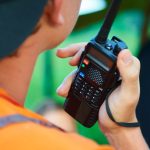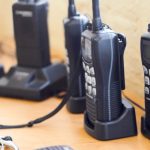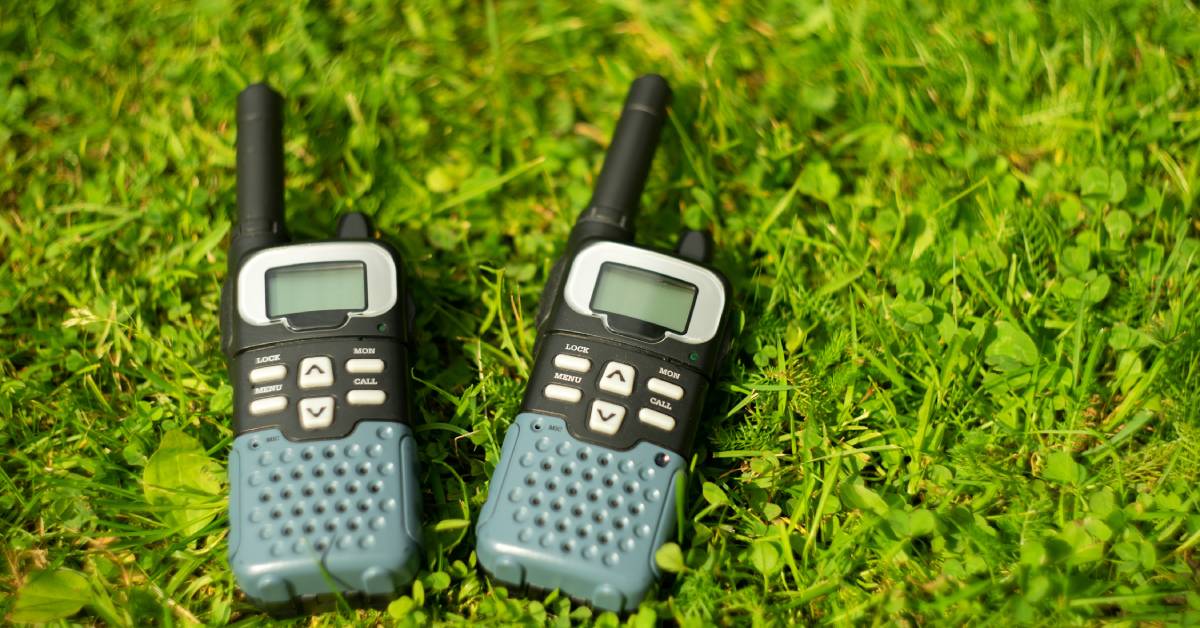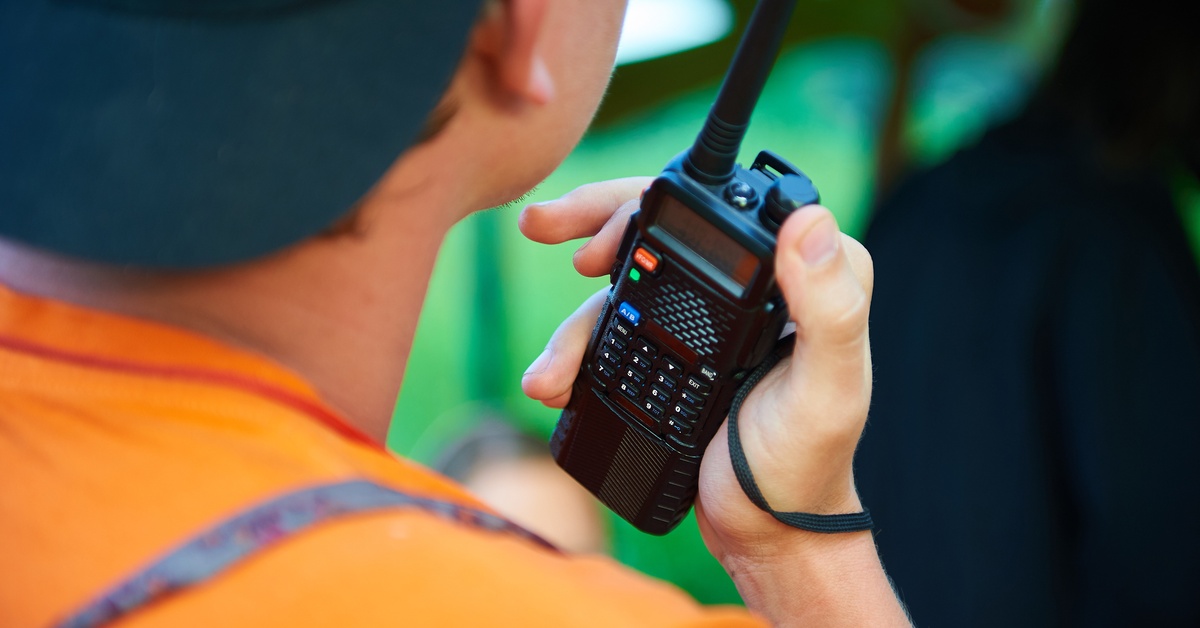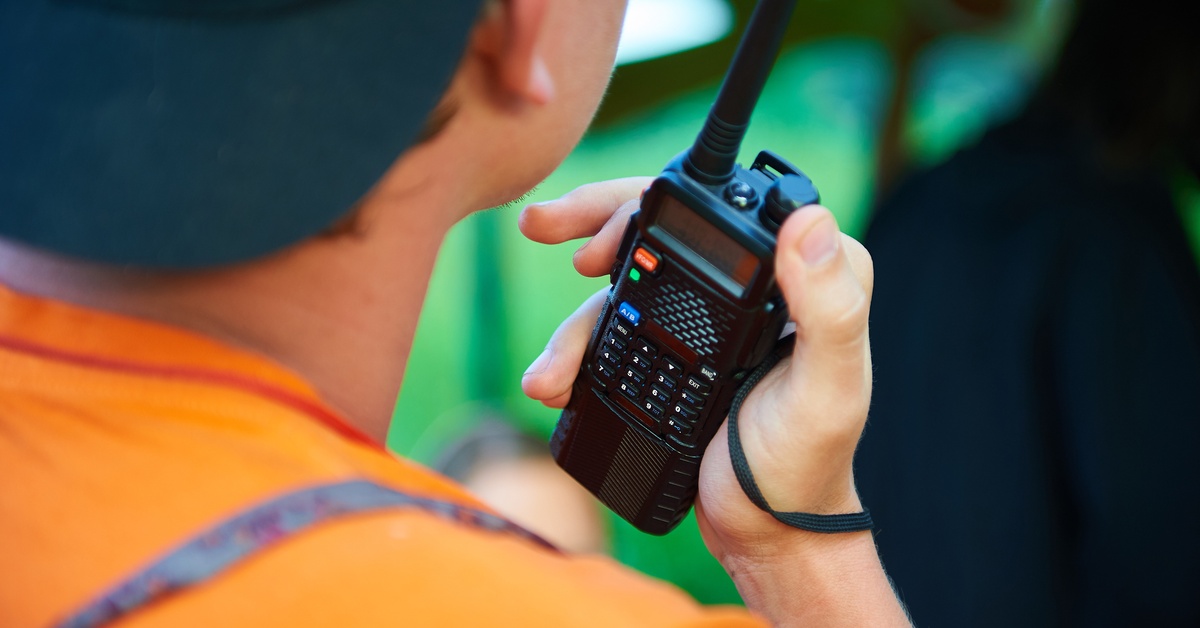From construction to public safety, two-way radios are critical tools for seamless communication across a wide array of industries. These devices ensure that teams stay connected, coordinate tasks, and respond promptly to emergencies. However, their effectiveness often hinges on one particular element: the battery.
Taking care of two-way radio batteries is essential for consistent performance and to prevent inconvenient downtimes. This ultimate guide to maintaining two-way radio batteries will walk you through everything you need to know, ensuring you get the most out of your communication devices.
The Basics of Two-Way Radio Batteries
In order to maintain your two-way radio batteries effectively, it’s crucial to understand the types found within your radios. Generally, there are three main types of batteries used in two-way radios—nickel-cadmium (NiCd), nickel-metal hydride (NiMH), and lithium-ion (Li-ion). Here are the unique features of each:
- Nickel-Cadmium: Known for their durability, NiCd batteries are less sensitive to temperature fluctuations and can handle numerous charge cycles. However, they can experience the memory effect, which reduces their capacity if not fully discharged between charging cycles.
- Nickel-Metal Hydride: These batteries offer a higher capacity than NiCd and are more environmentally friendly. They also have a reduced memory effect, but they require regular charging and can be affected by extreme temperatures.
- Lithium-Ion: Lightweight and boasting a high energy density, Li-ion batteries are the go-to choice for modern two-way radios. They have no memory effect and charge quickly, although they can be sensitive to overcharging.
By taking the time to learn about the batteries used in your radios, you can implement tailored maintenance practices to ensure they last as long as possible.

Factors Affecting Battery Life and Performance
Understanding what impacts your radio battery’s performance can help you make informed maintenance decisions. Several factors play a role, including charging practices, environmental conditions, and usage patterns.
Charging Practices
Consistent overcharging or undercharging can significantly reduce a battery’s life cycle. Ensuring that you follow the recommended charging times and use the appropriate chargers can make a notable difference.
Environmental Conditions
Batteries can be sensitive to their surroundings. Exposure to extreme temperatures, whether hot or cold, can affect their performance and longevity. Keeping them in a controlled environment when not in use can prolong their life.
Usage Patterns
How frequently and intensely the radios are used also affect battery lifespan. High usage can deplete batteries faster, so understanding your usage patterns can help you manage their charging schedules more effectively.
Proper Charging Techniques for Two-Way Radio Batteries
Charging your radio batteries correctly can maximize their efficiency and lifespan.
Initial Charging and Regular Charging
When you first acquire a new battery, it’s essential to charge it fully before its first use. This initial charge sets the stage for the battery’s overall capacity and performance. For regular use, follow the manufacturer’s guidelines on charging duration.
Using the Right Charger
Always use the charger that comes with your radio or one recommended by the manufacturer. Generic chargers might not regulate power as effectively and could harm the battery over time.
Avoiding Overcharging
Even though many modern chargers have overcharge protection, it’s a good practice to remove the battery once it is fully charged. This prevents potential overheating and prolongs the battery’s life.
Maintenance Tips for Extending Battery Life
Proper maintenance doesn’t stop at charging. Implementing a few simple practices can significantly extend the life of your two-way radio batteries.
Storage Recommendations
If you plan to store your batteries for an extended period, make sure they’re partially charged (around 50–70 percent). Store them in a cool, dry place to prevent unnecessary capacity loss.
Regular Cleaning
Keep the battery contacts clean and free from dirt and grime. Use a soft cloth or a cotton swab dipped in alcohol to gently wipe the contacts. Clean contacts ensure better energy transfer between the battery and the radio.
Rotation of Batteries
If you use multiple batteries, rotate them regularly to ensure even wear. This practice prevents any single battery from being overused and extends their collective lifespan.
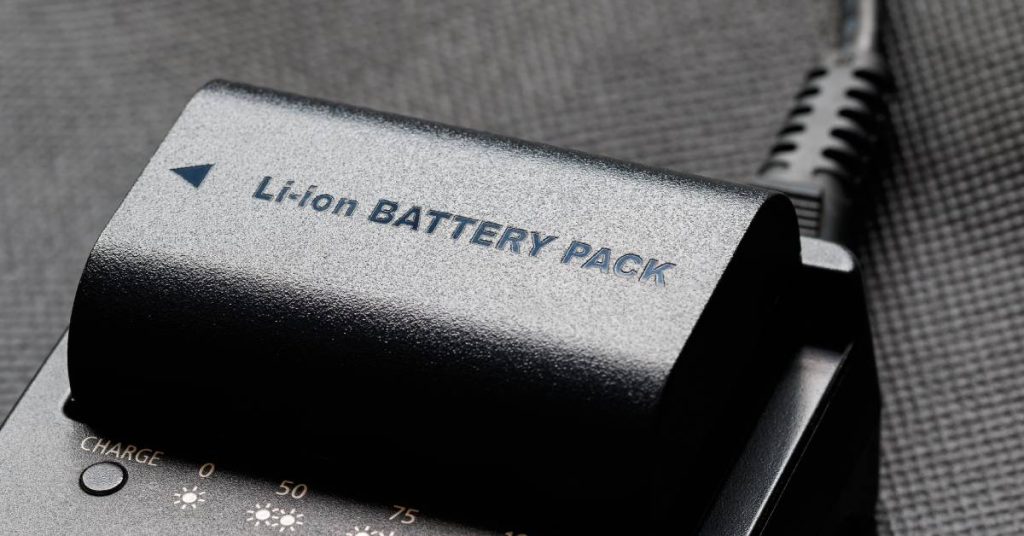
The Impact of Battery Maintenance on Operational Efficiency and Safety
Effective battery maintenance directly contributes to both operational efficiency and workplace safety. Reliable batteries ensure that communication devices are always ready for action, reducing the chances of radio failure in critical moments.
Well-maintained batteries mean less downtime and fewer disruptions in communication. This reliability can significantly enhance productivity across various operations, from logistics to event management. In industries where safety is paramount, such as construction and emergency services, maintaining functional communication tools can be lifesaving. Ensuring the batteries are reliable and ready for use reduces the risks associated with communication failures.
When To Buy a New Battery
Knowing when to invest in new batteries for your two-way radios can prevent unexpected interruptions in communication. Here are the key indicators that it’s time to purchase replacements:
- Frequent charging: If you find yourself needing to charge your radio batteries more often than usual, even with minimal use, it’s a sign that they are reaching the end of their lifespan.
- Inability to hold a charge: Batteries that lose power rapidly or fail to hold a full charge after several hours of use are unreliable and should be replaced to maintain effective communication.
- Visible wear and tear: Check for any physical signs of wear, such as cracks, corrosion, or swelling. These are hazardous issues that not only affect performance but can pose safety risks.
- Diminished capacity notifications: Many modern radios provide alerts when battery capacity significantly decreases. Heeding these warnings can prevent unexpected downtime.
- Operational demands: Consider replacing batteries if the demands of your operations increase and require longer-lasting power. Fresh batteries will ensure your devices are up to the task.
By being proactive and recognizing these signs, you can maintain continuous and effective communication, ensuring your operations run smoothly without the inconvenience of unexpected battery failures. It’s also wise to keep spare batteries on hand to avoid any disruptions in your workflow.
Stay Connected and Save Money on Your Batteries
Maintaining your two-way radio batteries is essential for ensuring consistent and reliable communication. By understanding the available battery types, implementing proper charging and maintenance routines, and recognizing when replacements are needed, you can extend the life of your radio batteries and enhance your overall operations.
If you are in need of a power source that will keep up with your daily needs, consider Kenwood two-way radio batteries from Battery Distributors. Stay connected with well-maintained two-way radio batteries and experience the difference they make in your daily operations.



